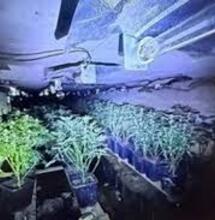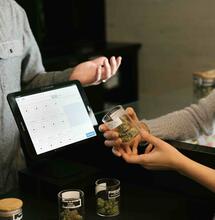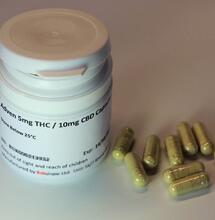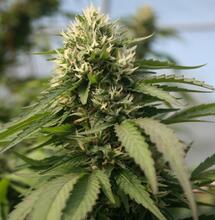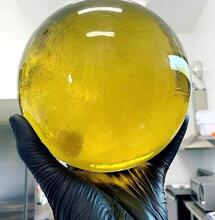Hemp and Cannabis, what's the difference?
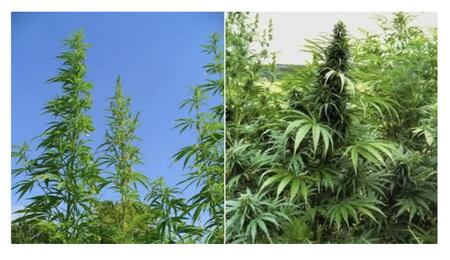
Hemp is one of the oldest domesticated crops. Early civilisations used it equally for both industrial and medicinal uses. Today, Hemp is big business; roughly over $600 million worth of hemp products are imported into the US every year! China is the top hemp producer alongside Chile and the EU. Discoveries and uses are being found for it all the time, such as creating new forms of renewable plastic for the car parts industry.
Researchers at the University of Alberta even found a way to use hemp material within a supercapacitor (a battery that charges up almost instantly and doesn't degrade). How cool is that!
Hemp and Cannabis are derived initially from the same genus and species of plant, "Cannabis Sativa". Scientifically, the difference between the two lies in the purpose that the strain was bred for, the genetic parentage and the cultivation.
Years of selective and manipulative breeding has produced tall, tough strains of Hemp that contain lower levels of THC and higher levels of CBD.
Primarily hemp plants are male with no flowering buds that typically grow outdoors fast. They produce bigger yields and develop long, strong stalks, essential to create hemp fibres.
In contrast, Cannabis bred selectively for medicinal and recreational use is grown mainly indoors. Here attention is paid to individual plants, and every factor affecting growth and development is painstakingly controlled. This leads to the species evolving to have the best characteristics and effects for its purpose, the results of higher levels of THC.
Cannabis is more potent now than ever. The strength and potency of strains have been manipulated through a controlled environment and selective breeding to create new hybrids of female flowering plants with large resin-filled glands. Cannabis has levels of THC between 5-20%, whilst Hemp must legally contain 0.3% or less.
What is the significance of 0.3%? Well, there is none. The truth is that the figure was arrived at entirely arbitrarily.
Dr Ernest Small was a botanical expert and advisor to the government. In 1979 he wrote a hugely influential book called "The species problem in Cannabis". In the book, he defined Hemp as a sifted batch of cannabis flowers that contained a THC level of 0.3% or less.
However, he later admitted that many of the cannabis strains he experimented with for fibre and oil had higher THC levels than 0.3%! His decision was not based on which strains of Cannabis held the most agricultural or psychoactive value; it was just a random number!
Small's definition was written into US law when the sale of foreign cultivated hemp products was regulated. Shockingly, his standard is still used today worldwide, apart from the EU who use an even lower figure of 0.2%!
The value of Hemp in pursuing new, sustainable products to assist in our everyday lives seems as though it could have great potential. Still, the regulations in place make it very difficult to explore fully. And this is one area in which Cannabis and Hemp could not be more similar.
